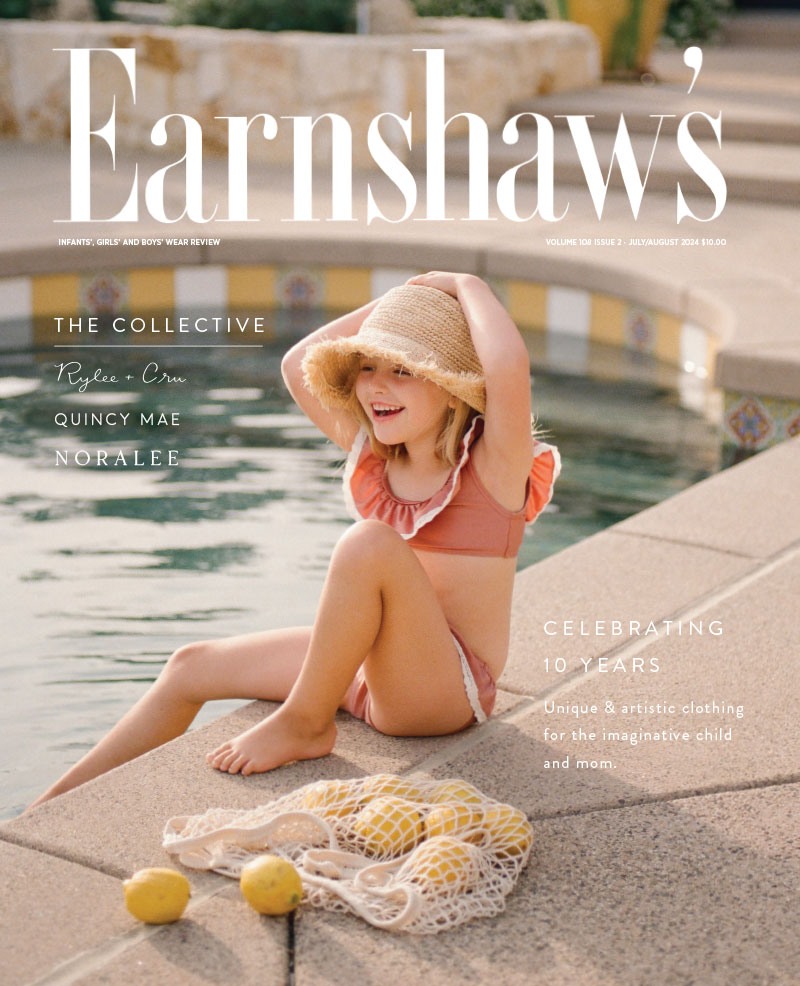In life, everyone has an opinion about what you should be doing. Though some advice can come in handy, a lot of it is just a bunch of hot air. Unfortunately, it’s not always easy to tell one type from the other. What to do? The only answer, as the saying goes, is to do […]
- Editor in Chief
In life, everyone has an opinion about what you should be doing. Though some advice can come in handy, a lot of it is just a bunch of hot air. Unfortunately, it’s not always easy to tell one type from the other. What to do? The only answer, as the saying goes, is to do you. Take the advice that works for you and let the rest fade to white noise.
It’s the same in business. Everyone—retailers, reps, customers—will have a different view of your company and its offerings. For instance, if you’re blowing out in infants and toddlers, retailers will definitely demand a 4 to 6X expansion. And before you know it, there will be a petition for tween sizes. But ultimately, it’s up to you to figure out if larger sizes will translate into bigger bucks or simply more headaches.
Our Q&A, “Baby Steps” (page 26), details how Robar heeded buyers’ demands for baby and toddler sizes with its Babyworks newborn line, a move that owner Peter Dunbar associates with his company’s growth. The key was determining whether he could successfully deliver the qualities that consumers associated with the brand in those new offerings. While a brief foray into the gift market proved to be too much of a departure, Dunbar didn’t stop looking for ways to goose sales. A year ago, the company launched Mini Muffin, a label that opened new doors by capitalizing on Robar’s baby wear expertise.
In “Bright Futures” (page 32), designers and brand managers explain their labels’ positioning in the market and describe how they’ve used merchants’ advice to catapult sales. For some, it meant paring back to the key looks that received the biggest response from consumers; others expanded their selections to give eager devotees more product to enjoy. Either way, each had to decide how to remain true to their personal aesthetic and initial concept while evolving the lines.
With school districts to please, uniform manufacturers have even more input to sift through when developing their collections, but in “School Rules” (page 38), they’re the ones dispensing the advice. Along with retailers who’ve learned their lessons on the front lines, these executives provide tips for making school uniforms a profit center. It’s a must-read, but as always, it’ll be up to you to decide which suggestions to apply to your business.




Leave a Comment: